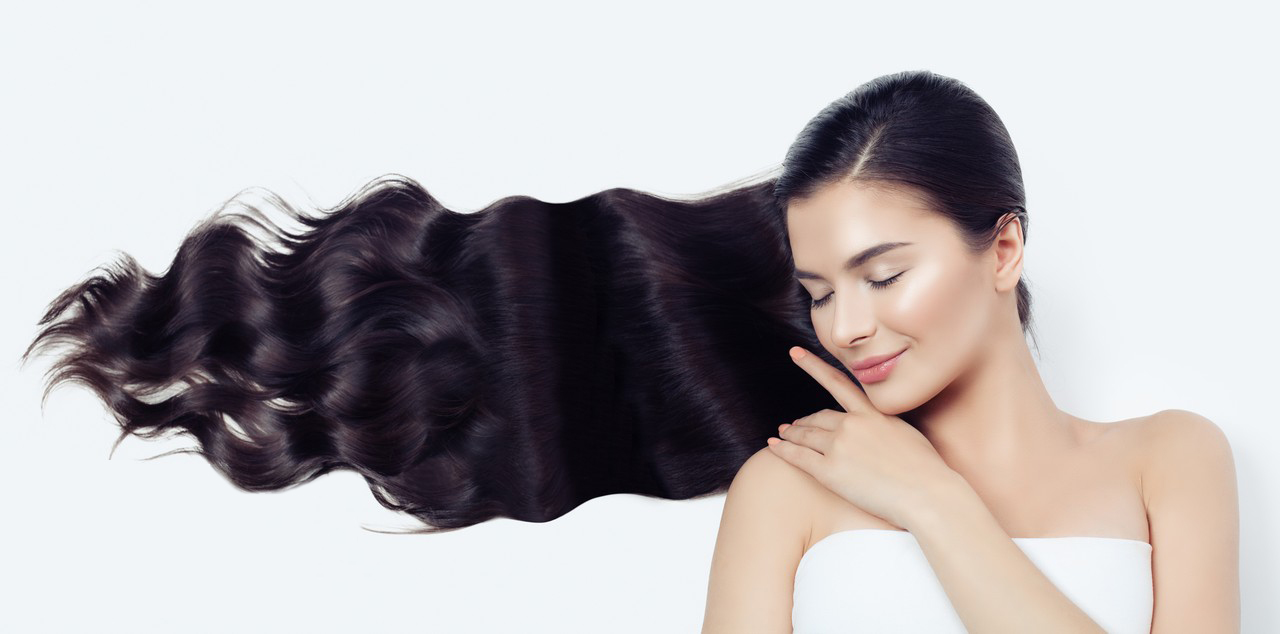D-Panthenol and Panthenol are two closely related compounds that are commonly used in cosmetics, skincare, and hair care products. They are both derivatives of pantothenic acid, which is a form of vitamin B5. The main difference between the two lies in their chemical structures and properties.
Panthenol:
Panthenol is the generic name for the compound that is also referred to as provitamin B5. It is an alcohol analog of pantothenic acid. When applied to the skin or hair, panthenol can be converted into pantothenic acid, which is essential for maintaining healthy skin and hair. Panthenol has moisturizing properties and is known to help improve the hydration of both skin and hair, making them look and feel softer and smoother.
D-Panthenol is the biologically active form of panthenol. It specifically refers to the “D” or dextrorotatory isomer of panthenol. Isomers are molecules with the same chemical formula but different arrangements of atoms. In the case of panthenol, it can exist in two forms: D-Panthenol and L-Panthenol. The “D” and “L” designations refer to the orientation of the molecule’s atoms, and only the D-isomer of panthenol possesses the beneficial properties for the skin and hair.
In summary, the main difference between D-Panthenol and Panthenol is that D-Panthenol is the biologically active form of panthenol that provides the moisturizing and conditioning benefits for skin and hair. When looking for products that contain panthenol for skincare or haircare purposes, you’ll want to ensure that they include D-Panthenol in their ingredient list for maximum effectiveness.

The difference between D-Panthenol and DL-Panthenol
D-Panthenol and DL-Panthenol are both forms of the chemical compound known as panthenol, which is a derivative of pantothenic acid (Vitamin B5). They are commonly used in various cosmetic, pharmaceutical, and personal care products due to their moisturizing and skin-conditioning properties. The main difference between these two forms lies in their stereochemistry.
D-Panthenol:
D-Panthenol is the naturally occurring form of panthenol. It is also known as dexpanthenol. The “D” designation indicates that the molecule has a specific configuration in its chiral center, which is a carbon atom that has four different substituents attached to it. D-Panthenol is the biologically active form of panthenol and is often used in skincare and haircare products to provide moisturizing and healing effects. It can help improve skin hydration, soothe irritation, and promote skin repair.
DL-Panthenol:
DL-Panthenol, on the other hand, is a racemic mixture of both D-Panthenol and L-Panthenol. The “DL” designation signifies that this form contains both enantiomers (mirror-image isomers) of the compound. L-Panthenol is the less active form of panthenol, and it doesn’t have the same biological activity as D-Panthenol. While DL-Panthenol can still offer some moisturizing benefits, it’s generally considered to be less effective than using pure D-Panthenol.

In summary, the main difference between D-Panthenol and DL-Panthenol lies in their stereochemistry and their biological activity. D-Panthenol is the active and naturally occurring form that is more commonly used for its therapeutic effects in skincare and haircare products, while DL-Panthenol is a mixture of both D and L forms and is generally considered to be less biologically active.
